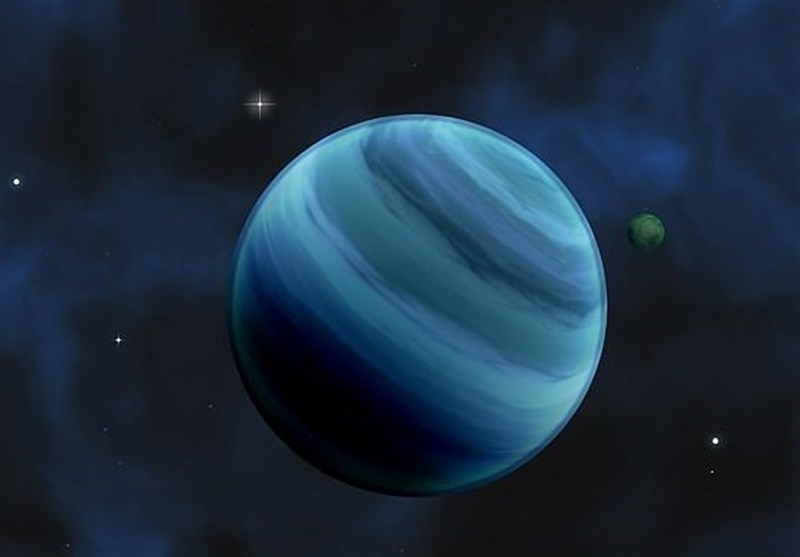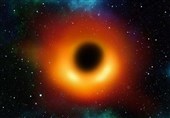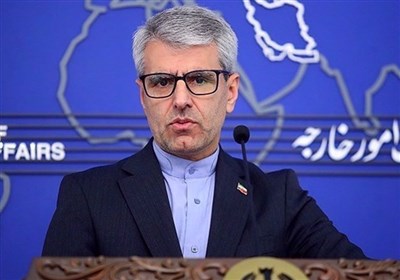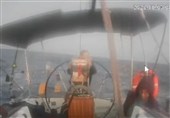110 Light-Years Away ‘Super Earth’ Could Have Conditions to Support Life
TEHRAN (Tasnim) - For the first time, a planet was found by scientist outside of our solar system that contains water and could have the conditions to support life.
Water vapor has been discovered on a 'super-Earth' 110 light years away that is estimated to be twice the size of Earth and eight times its mass, the Daily Mail reported.
K2-18b also has an atmosphere and the correct temperature range for living things to exist, according to scientists at University College London.
It's closer to its star than the Earth is to the Sun, meaning it has shorter years, completing its orbit in 33 days while ours takes 365.
The exoplanet was first spotted in 2015 by NASA's Kepler spacecraft but analysis of data has revealed new details not seen before.
Current equipment is only able to determine basic factors such as how far away it is, its mass and the surface temperature.
But sophisticated tools developed at UCL have been able to translate data from the Hubble Space Telescope to make sense of the unique molecule signatures of water vapor.
K2-18b is too far away for astronomers to see, but they can look at how starlight is filtered through the planet's atmosphere as it passes around its own sun, called K2-18.
"It's the only planet outside our solar system that we know has the correct temperature, an atmosphere and water," said Dr Angelos Tsiaras the author of the study.
The presence of water vapor in the planet's atmosphere suggests it could be a rocky world or an icy one with a lot of water inside it.
Most other exoplanets like this have been gas giants, such as Jupiter and Saturn, so K2-18b offers a valuable opportunity for researchers to study smaller, rocky or icy planets.
"Of course, K2-18b is not a second Earth," Dr Tsiaras added, "because it is a planet that is much bigger and has a different atmospheric composition.
"It's orbiting a completely different star, so it doesn't look like Earth.
"The search for habitable planets, it's very exciting, but it's here to always remind us that this (Earth) is our only home and it's probably out of the question if we will be able to travel to other planets."
Although the planet sits in the habitable zone of its solar system, scientists say that there is currently no way to determine whether there are signs of life.
Experts will continue to monitor the planet to confirm their theory that it is capable of sustaining life, and they can't be sure how much water is actually on the planet.
They said the water content could be as low as 0.01 per cent or as high as 50 per cent.
About 71 per cent of the Earth's surface is covered in water.
Dr Ingo Waldmann, a co-author on the study, added: "We don't know how much water there is; however, what these models clearly say is that there is an atmosphere and that there is water there.
The scientists, who spent more than a year on their work before publishing it in the journal Nature Astronomy, said they do not think K2-18b is the only planet of its kind.
They hope that newer technology, such as the James Webb Space Telescope due to launch in March 2021, will be able to unlock more secrets beyond our solar system.
"We are looking forward to the next generation of telescopes and go even further," Dr Tsiaras added.
Professor Giovanna Tinetti said: "Our discovery makes K2-18b one of the most interesting targets for future study."






